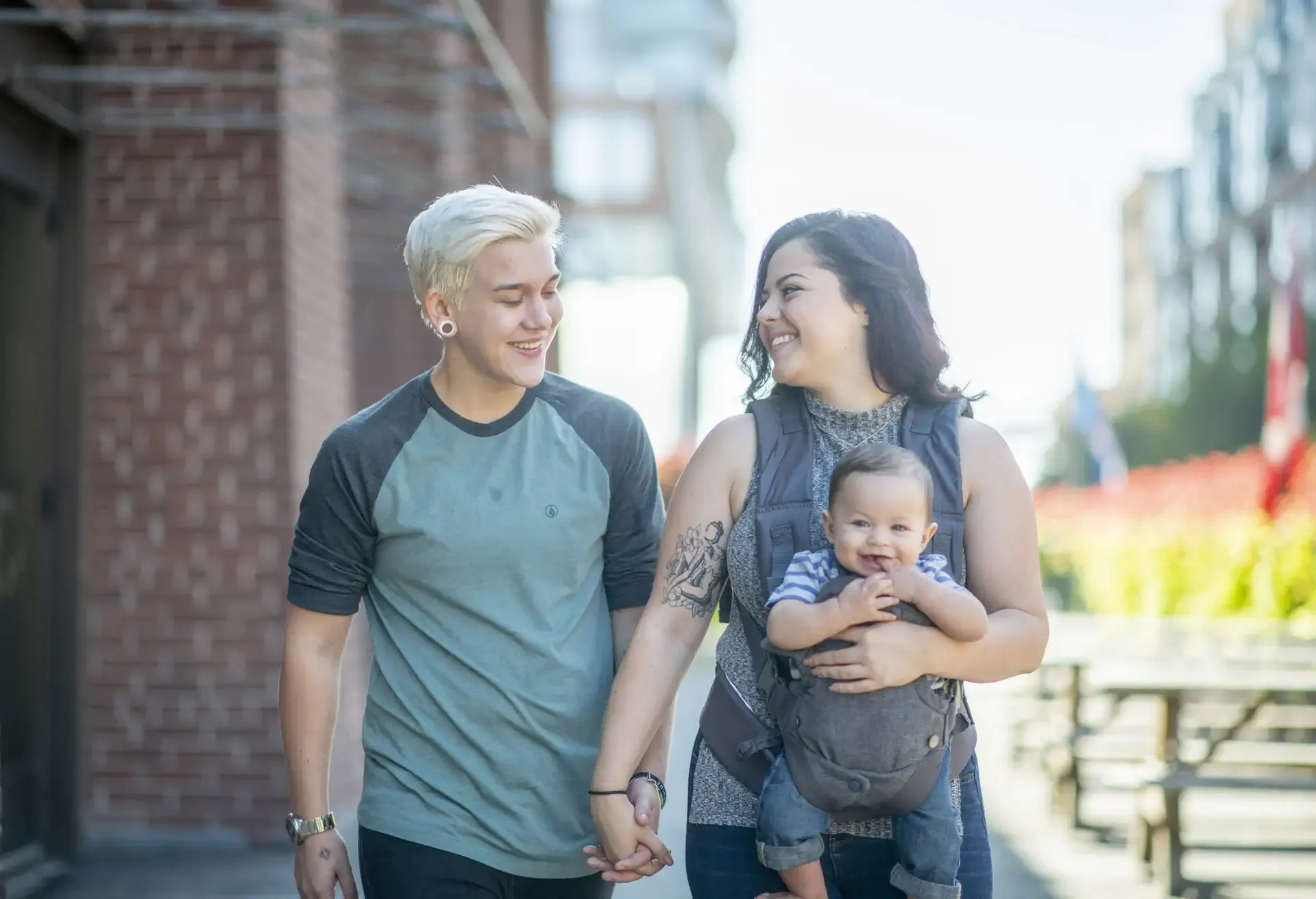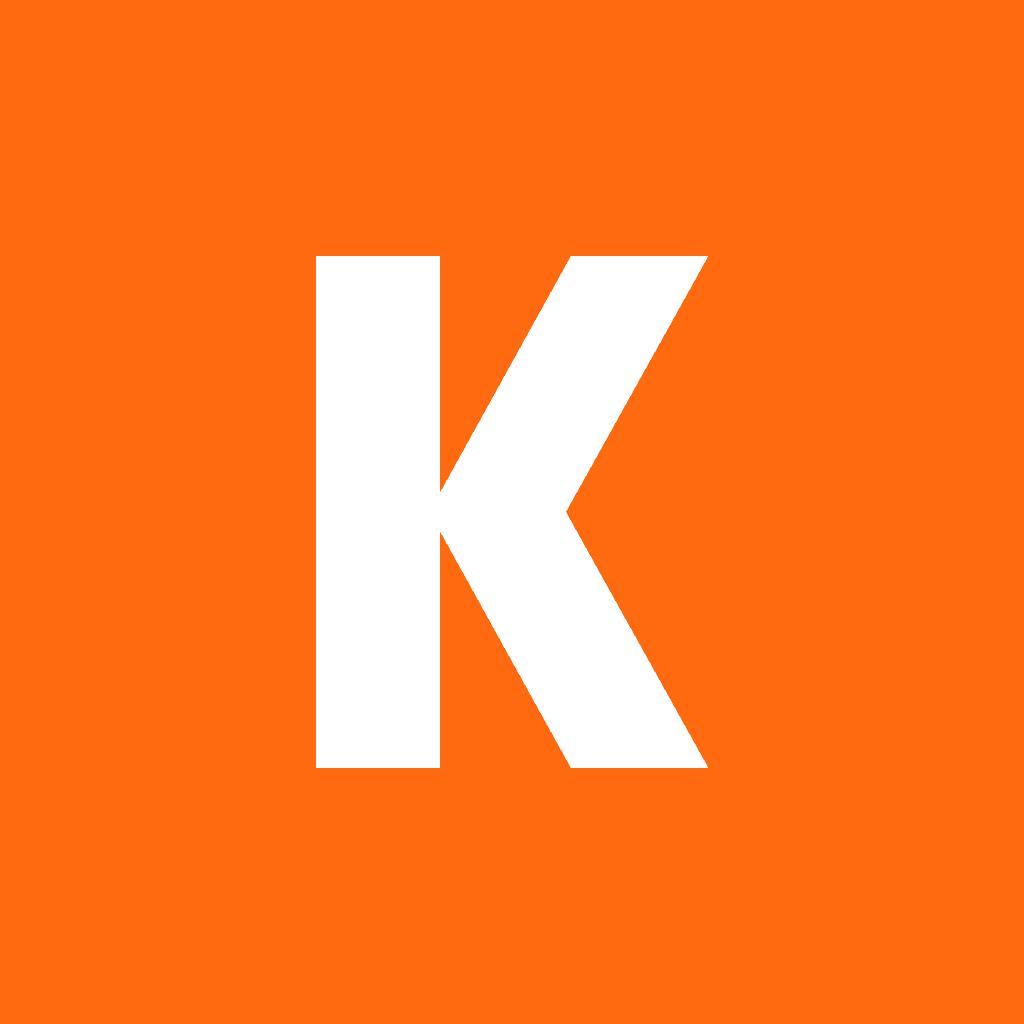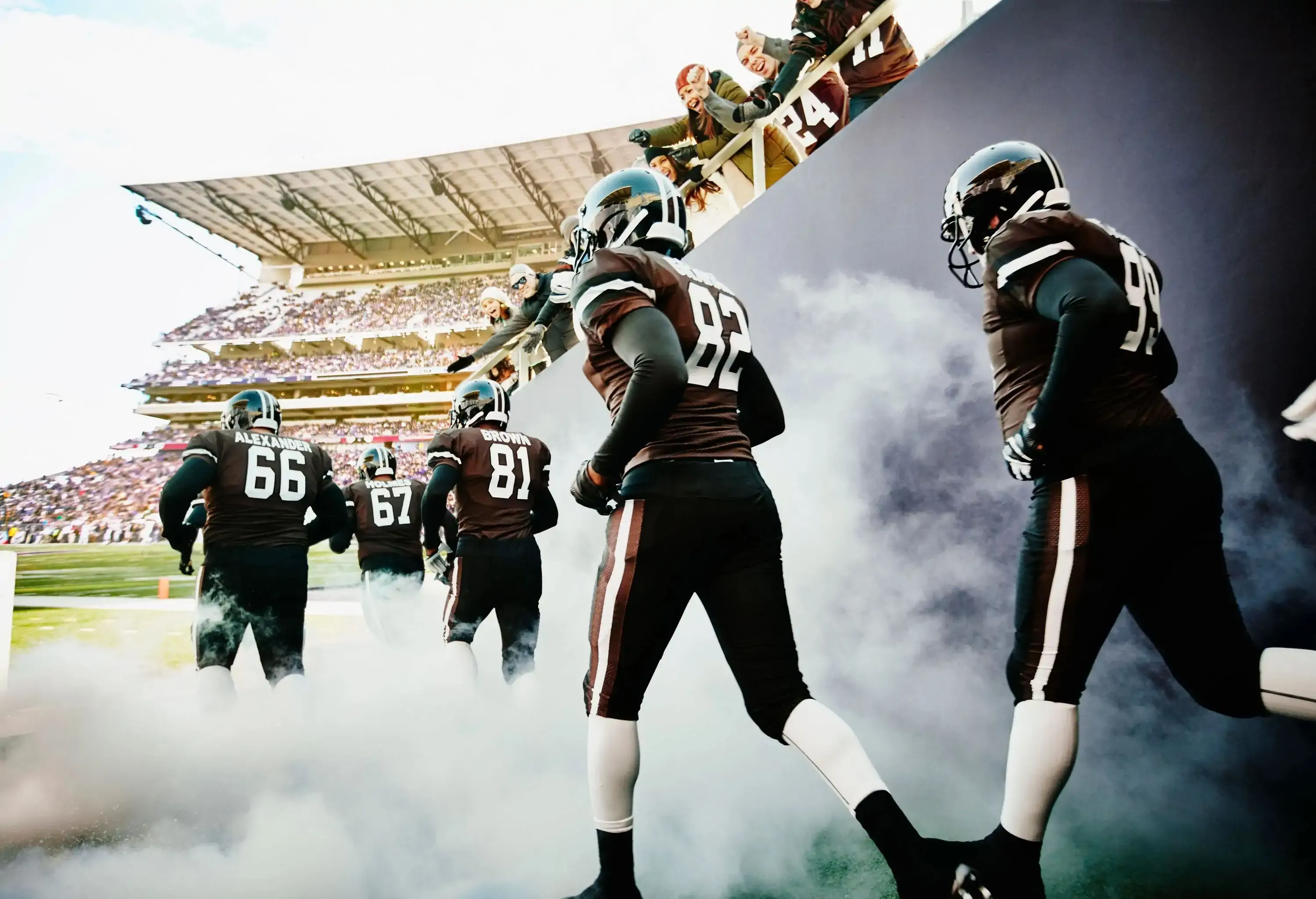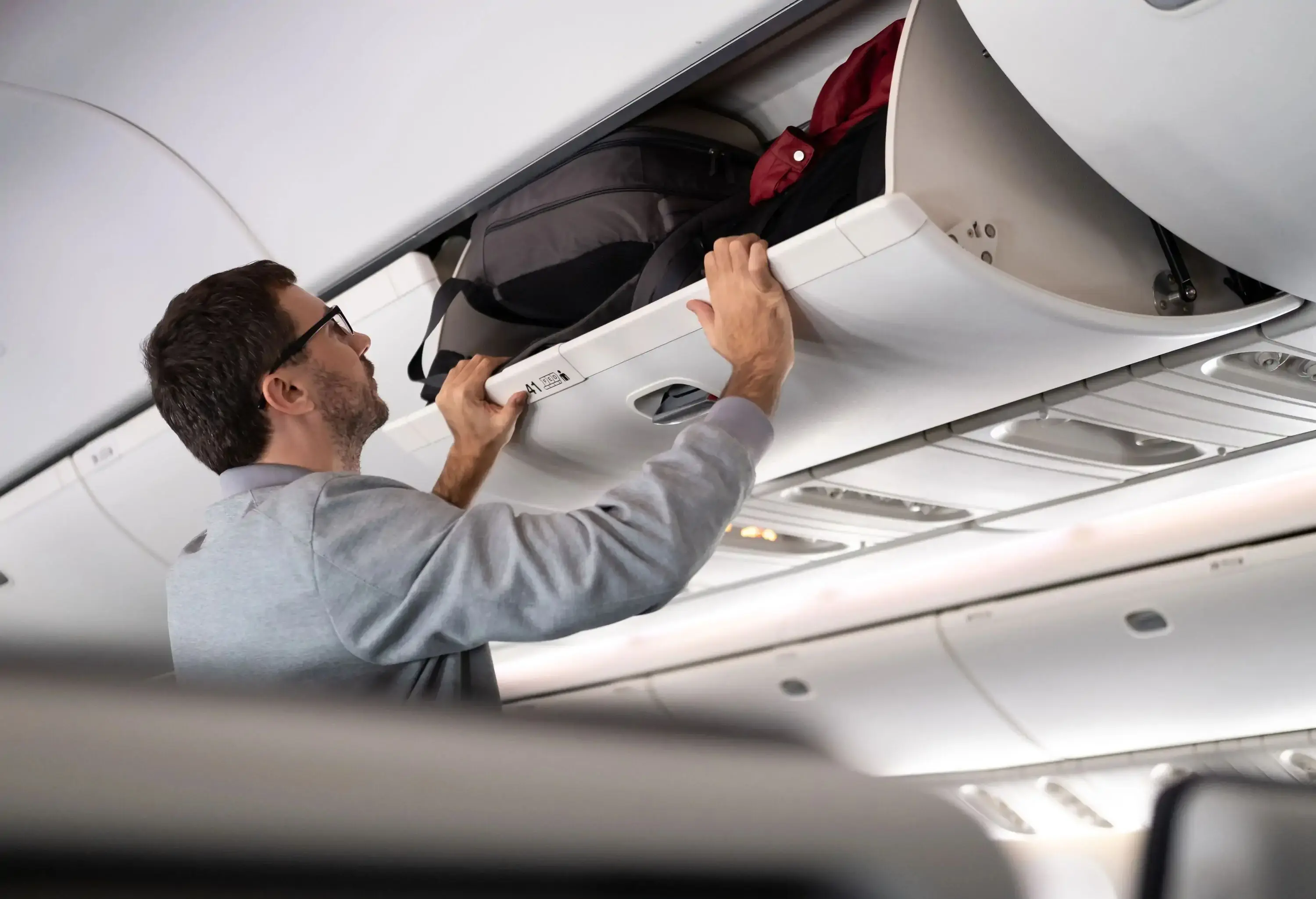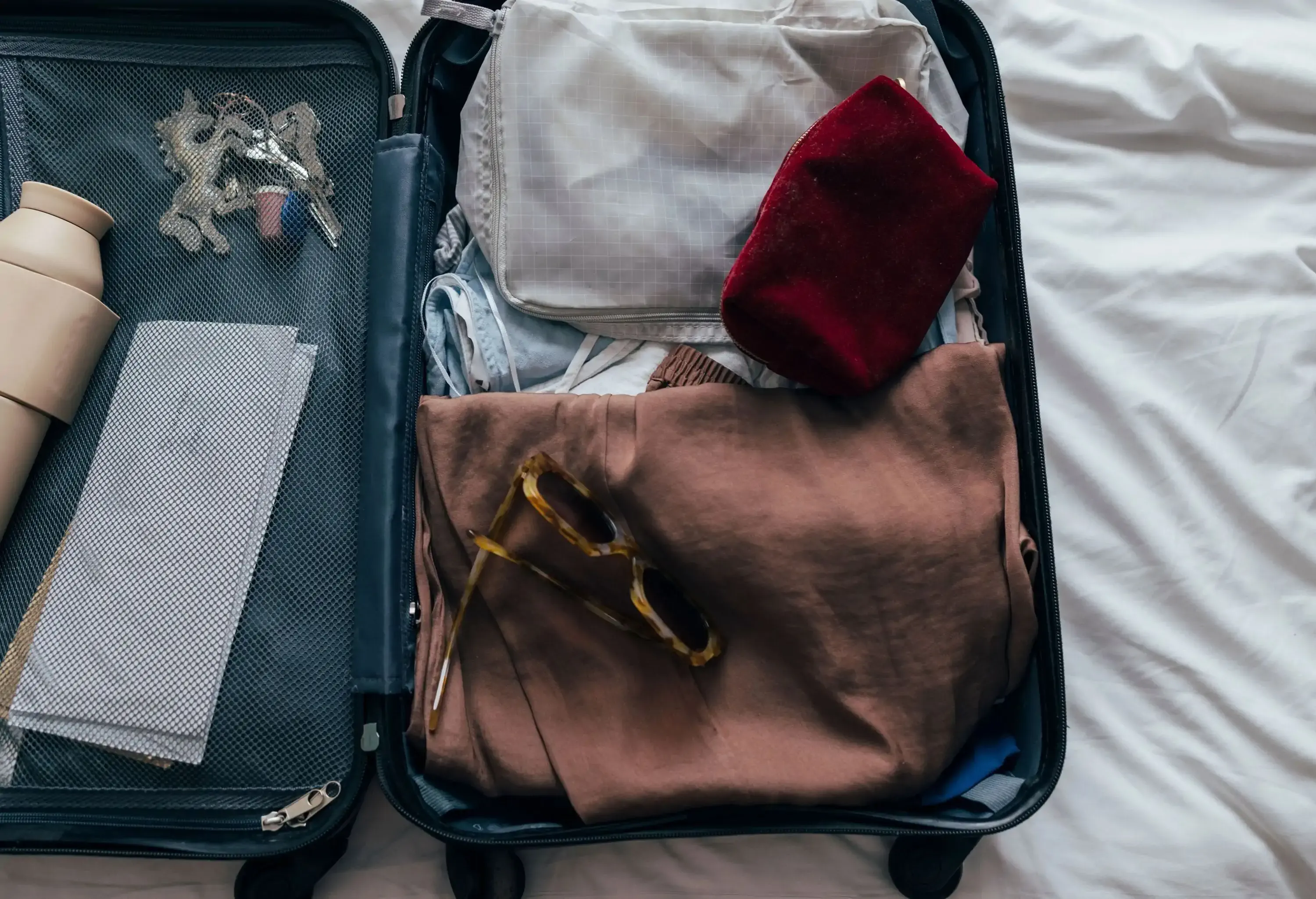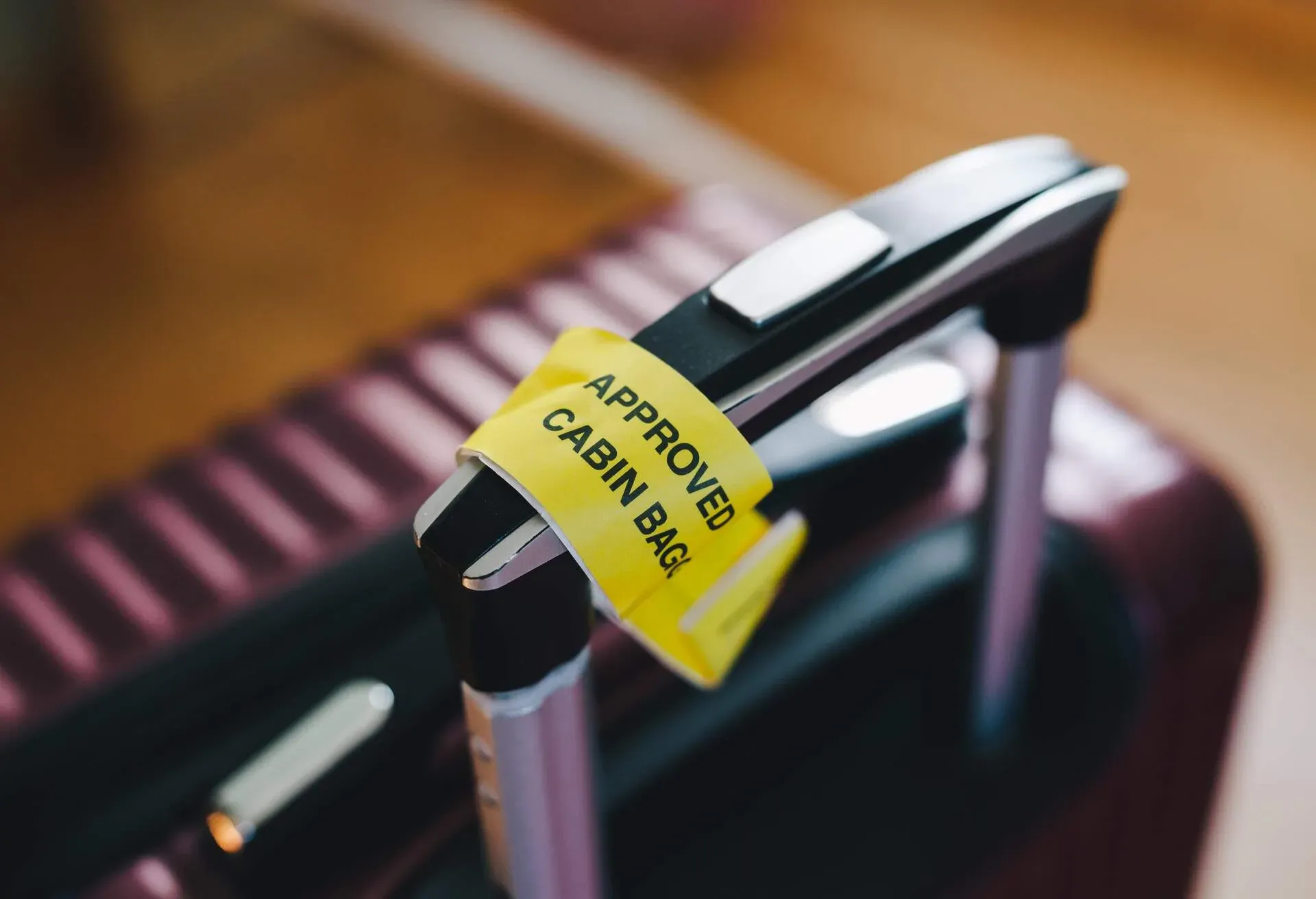Breastfeeding while you travel requires an extra layer of planning for your getaway – whether you’re bringing your baby or leaving them at home. Here’s a helpful guide to get you ready and on your way with minimal effort.
How to plan your trip
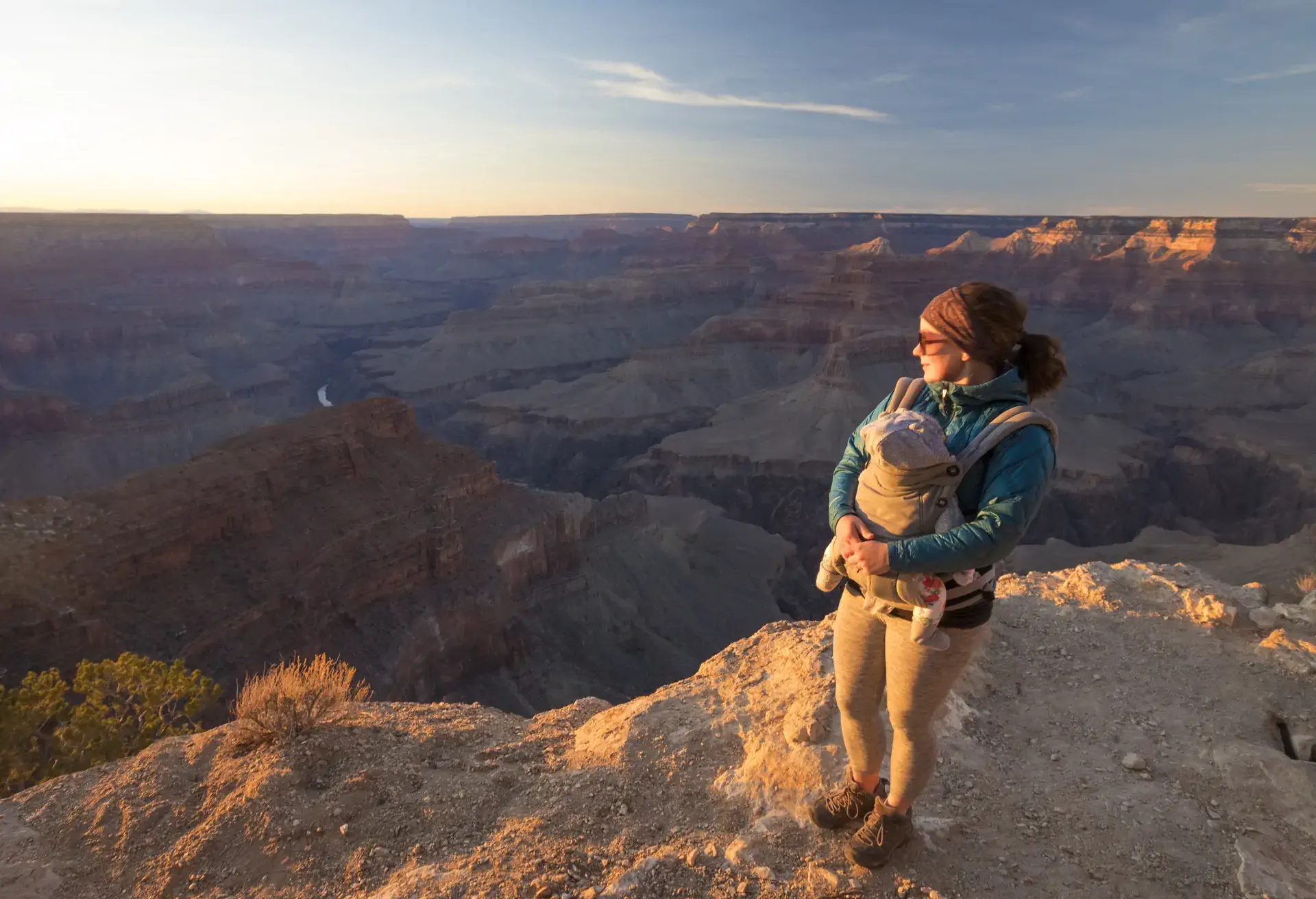
As soon as you have a baby, you realize that the best-laid plans are just that, plans. Still, setting yourself up for success should help you start your trip confidently.
Check state travel guidelines
Breastfeeding or not, these “unprecedented” COVID-19-era times require additional travel research. Know your state’s travel and quarantine rules—and those of the places you’re going. Use KAYAK’s Travel Restrictions map and CDC’s travel information to plan your route and breaks.
Know the best spots to pump or nurse along the way
Mamava’s (free) locator app helps you plan your trip by showing you what lactation spaces are available where you’re going and along the way. See reviews and photos shared by other traveling moms of thousands of spaces across the country, so you’ll know ahead of time what to expect. The app also works like a magic key for Mamava pods, unlocking them with a click of a button. Plus, you can check a pod’s occupancy status, opt into vacancy alerts, and listen to sounds for letdown to help with milk flow on the go.
Understand TSA guidelines for breast milk (if you’re flying)
When it comes to traveling with breast milk (and pumping paraphernalia!), the TSA guidelines can be confusing. Here’s what you need to know:
- Breast milk is exempt from the “limited quantity rule” of 3.4 ounces.
- Ice or gel packs to keep your breast milk cold need to be frozen solid. Partially melted packs may be subjected to additional screening.
- Breast milk does not need to be X-rayed or opened. If thawed, TSA may opt to test it for explosives, but you have the right to say no. You also can ask the TSA agent to put on a fresh pair of gloves if they handle your bottles or bags of milk. Read more about how to advocate for yourself when flying with breast milk.
- Traveling abroad? Check the laws for international travel. When in doubt, contact the American consulate in your destination country for the most up-to-date regulations.
Consider investing in little conveniences
- TSA PreCheck®. This program can reduce your wait time in security lines (as of December 2020, the price is $85).
- Milk Stork. If you’ll be pumping a lot during your trip, and would rather not travel with your milk, Milk Stork will ship it home for you.
Refresh yourself on COVID-19-safety guides
Follow the CDC’s guidelines for helping to help prevent the spread of COVID-19: Wash your hands—or use an alcohol-based hand sanitizer—both before and after nursing or pumping and wipe down surfaces with sanitizing spray or wipes. Wear a mask. Keep a 6-foot distance from people who don’t live with you, especially in crowded spaces.
Tips for traveling by plane
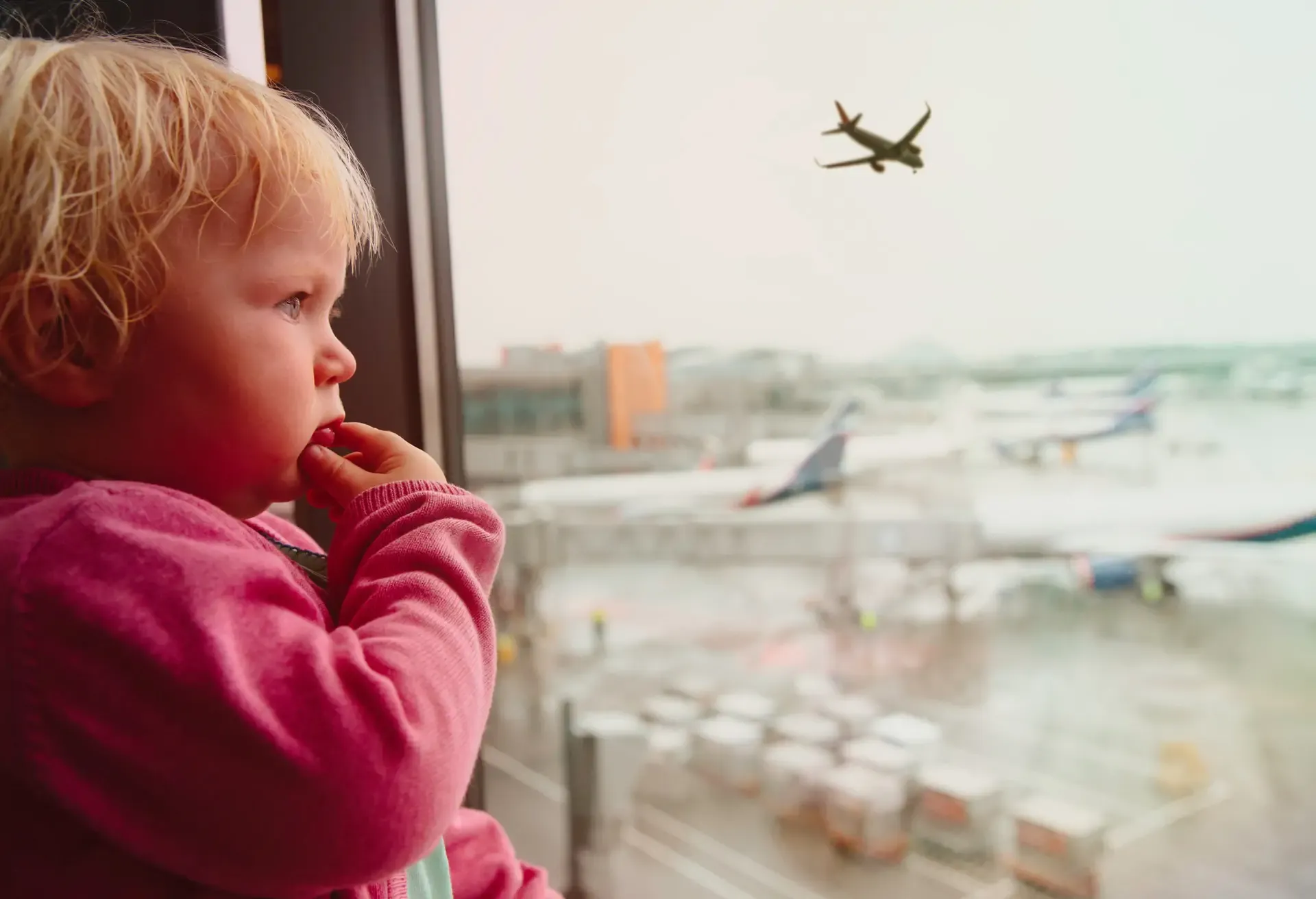
With COVID-19 restrictions, standard amenities of air travel may be a bit different than what you’re used to. These tips will serve you well from takeoff to touchdown.
Pack light to avoid checking your bag.
A great backpack can double as a diaper/pump bag and personal bag. That said, according to the FDA a breast pump is a medical device and, as such, shouldn’t count as a carry-on. But each airline treats breast pumps differently, so it’s best to check directly with them before you travel.
Let TSA agents know you’re traveling with breast milk.
Separate your pump and bottles (empty or full) from other liquids for screening.
Time nursing sessions strategically.
Takeoff and landing tend to be toughest for babies—air pressure changes are hard on tiny ears. Nursing can help.
Play it safe.
Especially because you’re breastfeeding (handling food!), you’ll want to take precautions to keep things clean. Hand sanitizer and disposable wipes (like these pump and accessory wipes) can offer some protection and peace of mind.
Tips for road trips
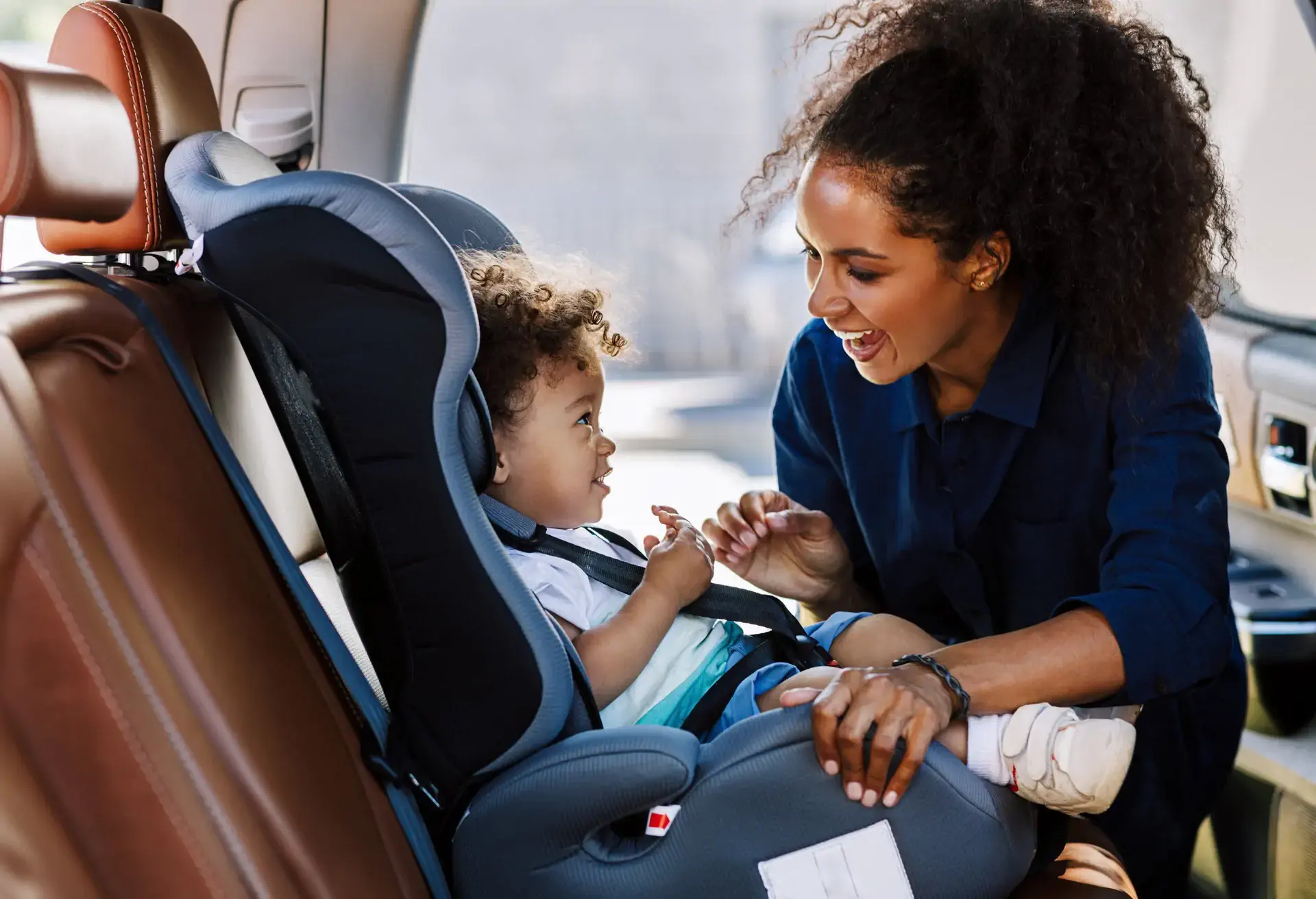
Driving gives you control over when and where you stop—which is great for traveling with a baby and great for traveling during a pandemic. Here’s how to get your show on the road and make it a happy (and stress-free) one.
Resist the urge to overpack.
When you stick to the essentials (and forgo the might-needs and nice-to-haves), you’ll spend less time sorting through bags, trying to find what you need.
Bring food and water.
Snacks are critical for road trips. Include healthy snacks (e.g., granola bars, nuts) and road trip pleasures. Bring a couple of gallons of water so you can easily refill your water bottle in the car.
Time feedings or pumping with other pit stops.
Use that time to rest and replenish. Settle into an out-of-the-way booth at the food court or, if the weather is mild, claim some space outside. You can also use Mamava’s app to find lactation spaces along the way.
Give yourself more time.
You might arrive at your destination a little later, but you’ll feel better (and be less stressed).
What to pack
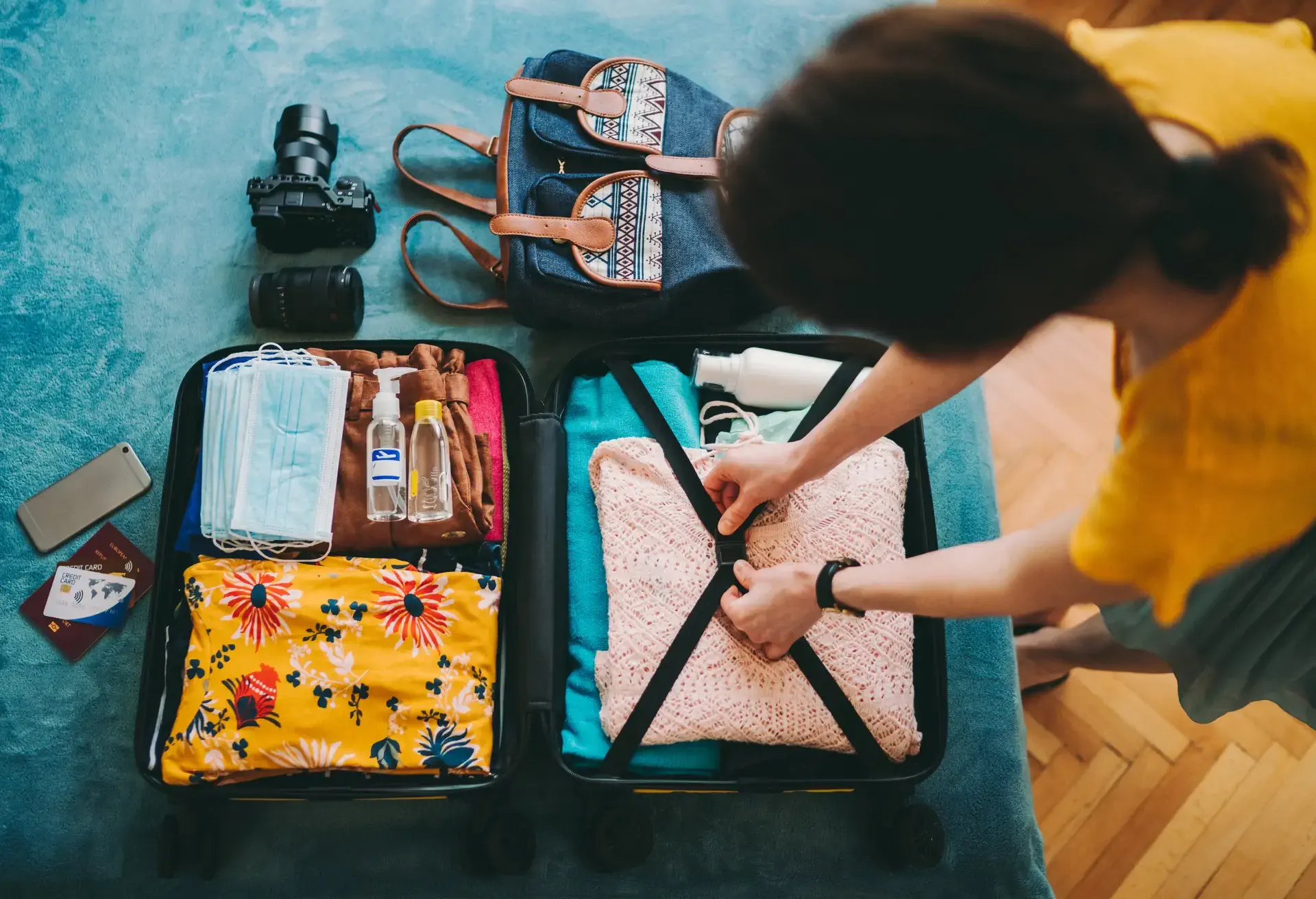
If deciding what to pack for a trip has always been a “thing,” breastfeeding considerations may actually decrease your time-intensive decision-making. Use this checklist—fit for a weekend away so scale up accordingly—to gather up just-right essentials in no time.
To wear:
Gather versatile garments in a single, neutral palette for easy mixing and matching. Include the following:
- 1-2 nursing bras and/or a hands-free pumping bra
- A nursing tank or two (for layering and bedtime)
- 1 sweater or long-sleeved top (one that wears well in casual or dressier settings)
- A pair of jeans
- Black tights or pants
- A big scarf shawl (can double as a nursing cover at layovers or rest stops if you’d like
Toiletries:
To breastfeed like a boss:
- Breast pump + all parts
- Milk storage bags (+ extra bags)
- Batteries (plus extra batteries)
- Soft insulated cooler and ice-packs
- Power adaptor (for the car)
- A manual pump (just in case)
- Pump sanitizing materials
- Breast pads
- Nipple cream
For the journey:
- Hand sanitizer (at least 60% alcohol)
- Disposable pump and accessory wipes
- Easy healthy snacks (granola bars, nuts, fruit)
- Refillable water bottle (breastfeeding moms need to stay hydrated)
- Masks (Bring extras and wear them properly—mouth and nose covered)
- Hand sanitizer and sanitizing wipes
In partnership with Mamava.

Mamava designs solutions to empower breastfeeding on the go: freestanding lactation pods, Mamava’s free lactation space locator app, and other helpful resources for breastfeeding people (and those who want to support them).

